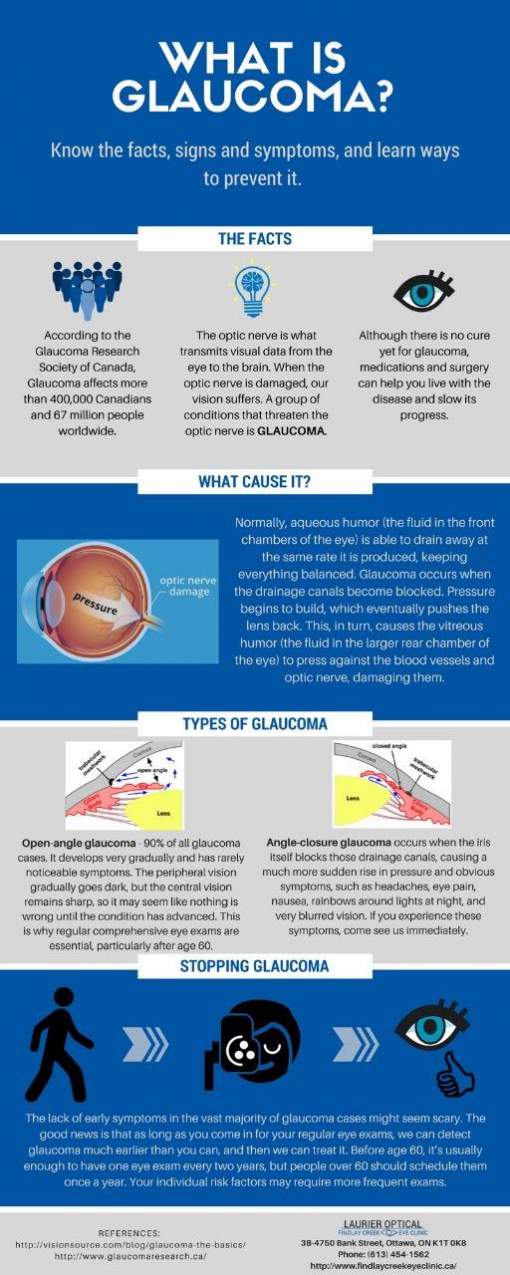An In-Depth Examination Of Modern Cataract Surgical Treatment Techniques
An In-Depth Examination Of Modern Cataract Surgical Treatment Techniques
Blog Article
Web Content By-Cullen Maynard
As you discover the development of innovative cataract surgical procedure techniques, you'll witness a journey noted by ingenuity and accuracy. From old methods that paved the way for modern technologies to innovative modern technologies that are revolutionizing the area, the extensive overview of cataract surgical treatment techniques is a testament to human progress and devotion to boosting client end results. The complex interplay in between historical approaches and futuristic advancements produces an appealing story that sheds light on the advancement of among one of the most usual surgical procedures worldwide.
Historic Strategies and Innovations
Discover just how very early doctors changed cataract therapy by using cutting-edge techniques and devices. In the past, cataract surgical procedure was a dangerous and unpleasant procedure. Nonetheless, old Indian physicians were among the first to attempt surgical interventions for cataracts, using a strategy called 'couching' where a sharp tool was used to push the cataract back right into the eye. This approach, though crude by today's criteria, prepared for future developments in cataract surgical treatment.
As time advanced, Arab medical professionals made considerable contributions by developing specialized needles for cataract extraction. https://lasiksurgerydefinition28405.wssblogs.com/30306900/cataract-surgical-treatment-a-life-altering-procedure-for-senior-citizens were used to puncture the cataract and then extract it from the eye, marking a substantial enhancement in surgical accuracy.
Later, in the 18th century, the French specialist Jacques Daviel pioneered the technique of extracapsular cataract extraction, where the whole lens was removed undamaged with a larger incision. This noted a significant improvement in cataract surgical treatment methods, paving the way for the modern-day procedures we use today.
Modern Surgical Approaches
Early methods in cataract surgery have advanced substantially, leading to the growth of contemporary medical methods that focus on accuracy and boosted individual end results. Modern cataract surgical treatment now commonly includes a treatment called phacoemulsification, where an ultrasonic device breaks up the cataract for elimination via a little incision. This strategy allows for quicker recovery and reduces the threat of issues contrasted to older techniques.
In addition, making use of advanced intraocular lenses (IOLs) has actually reinvented cataract surgical treatment results. These lenses can remedy not only the cataract but likewise other refractive errors like astigmatism, reducing the need for glasses post-surgery.
Surgeons today also have accessibility to sophisticated imaging modern technologies that help in accurate preoperative planning and intraoperative decision-making. Optical comprehensibility tomography (OCT) and various other imaging techniques supply detailed photos of the eye's structures, enabling an extra personalized method to every client's surgical procedure. With these advancements, modern-day cataract surgical procedure methods continue to improve, offering clients safer treatments and much better aesthetic outcomes.
Emerging Technologies in Cataract Surgical Procedure
With advancements in technology reinventing the field, cataract surgery is witnessing the assimilation of ingenious methods for boosted person end results. Arising modern technologies in cataract surgical procedure are reshaping the landscape of ocular procedures. One such advancement is femtosecond laser modern technology, which permits exact corneal lacerations, capsulotomies, and lens fragmentation, leading to boosted medical precision and results.
Furthermore, intraoperative aberrometry is acquiring appeal, allowing real-time dimensions of refractive mistakes throughout surgical treatment to enhance intraocular lens power computations and reduce postoperative refractive shocks.
In addition, making use of sophisticated imaging modern technologies like optical coherence tomography (OCT) and intraoperative wavefront aberrometry help surgeons in accurate medical preparation and execution. These tools offer detailed physiological information and aid tailor medical techniques for each and every client's special eye qualities.
Furthermore, advancements in expert system are being checked out to help in preoperative planning, intraoperative decision-making, and postoperative treatment, potentially optimizing medical outcomes and patient fulfillment. Accepting these arising technologies in cataract surgery holds guarantee for additional enhancing individual end results and ensuring the proceeded advancement of ophthalmic medical methods.
why not try here
As you journey via the history of cataract surgery, you witness the makeover from ancient techniques to cutting-edge technologies. Like a phoenix rising from the ashes, cataract surgery has evolved right into a sign of hope and technology.
Just as a caterpillar emerges from its cocoon as an attractive butterfly, cataract surgical treatment has thrived into a polished art type, offering people clearer vision and a brighter future.
The evolution continues, shining a light on endless possibilities.
